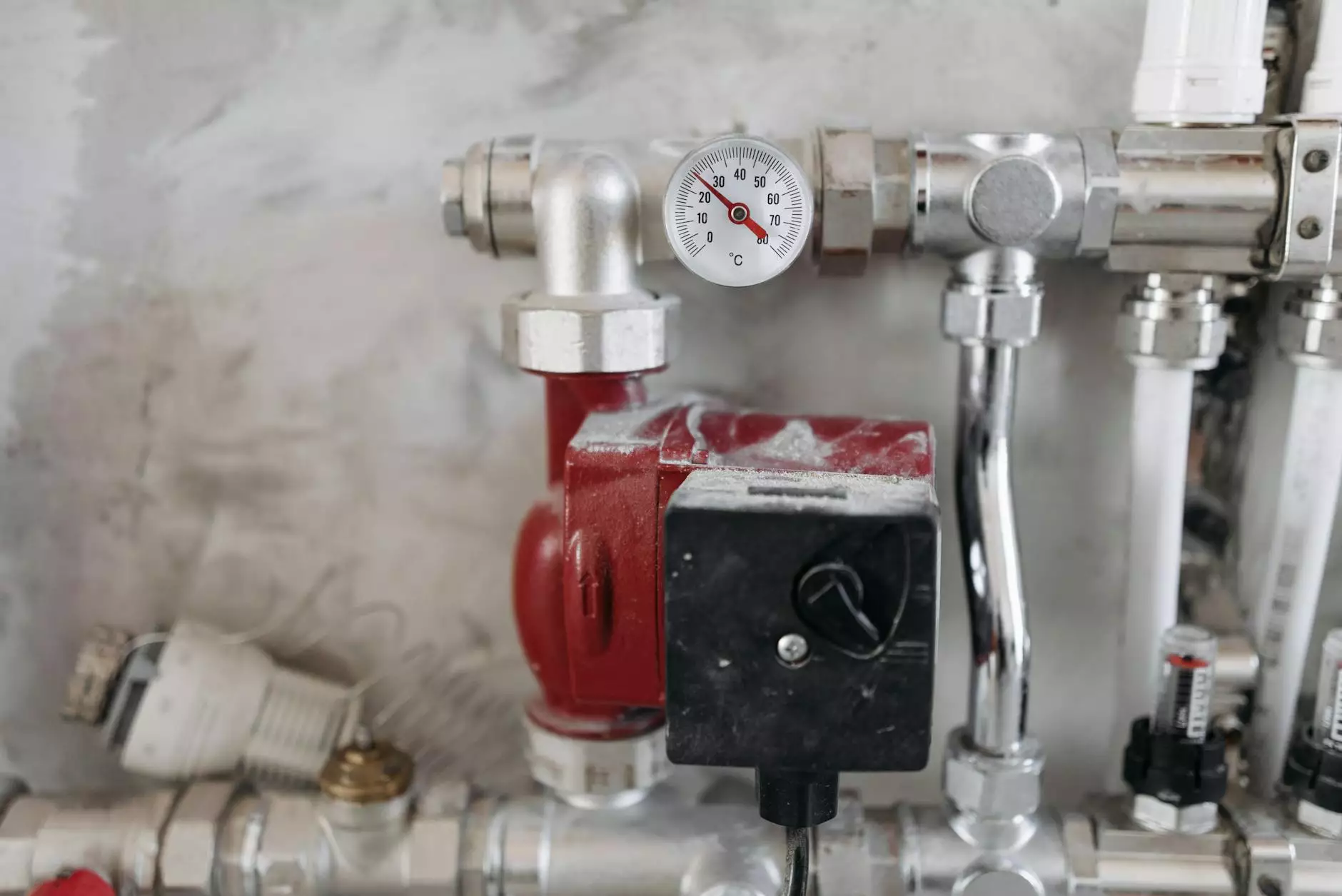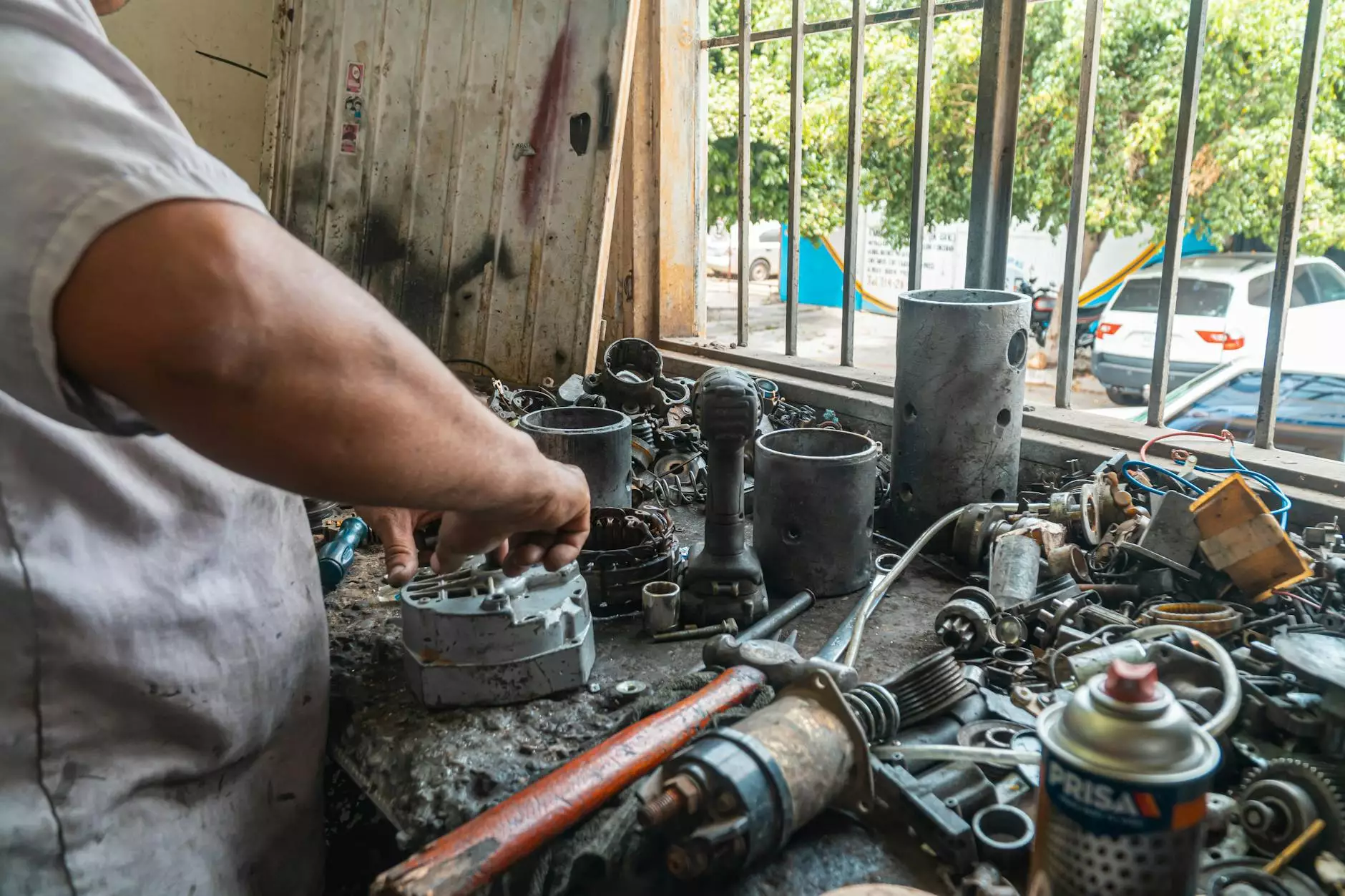Understanding the Mechanics: How Does a Ball Valve Work?

In the realm of fluid control systems, ball valves have established themselves as essential components due to their simple design, reliability, and efficiency. Whether used in plumbing, industrial processes, or HVAC systems, comprehending how does a ball valve work is fundamental for engineers, technicians, and anyone involved in fluid handling industries. This comprehensive guide aims to demystify the operational mechanics, types, advantages, and applications of ball valves, providing a deep understanding to help optimize their use in various settings.
Introduction to Ball Valves
Ball valves are a type of quarter-turn valve that utilizes a spherical disk (the ball) to control flow through a pipe. The ball features a hole, or port, through its center, which aligns with the pipeline to permit flow, or rotates away to stop the flow. This simple yet effective design offers quick operation and reliable sealing, making ball valves a preferred choice for on/off control in numerous industries.
The Core Components of a Ball Valve
- Body: The main structure housing the internal components and connecting to the pipeline via threaded, flanged, or welded ends.
- Ball: The spherical element with a central hole, responsible for opening or closing the flow path.
- Stem: Connects the ball to the actuator or handle, transmitting torque to rotate the ball.
- Seats: Sealing surfaces that ensure a tight shut-off when the ball is in the closed position.
- Handle or Actuator: Enables manual or automatic operation of the valve.
How Does a Ball Valve Work: The Step-by-Step Explanation
Understanding how does a ball valve work involves examining its operational process, which is remarkably straightforward. Here's a detailed step-by-step explanation:
1. Initial Position - Open State
In the open position, the ball's hole (port) aligns perfectly with the pipeline axis, creating a continuous pathway for fluid to flow. When the handle or actuator is turned, it rotates the ball by a quarter turn (90 degrees).
2. Rotation of the Ball
The rotation of the stem transmits torque to the ball. Once rotated, the port on the ball is perpendicular to the flow path, effectively shutting off the flow.
3. Flow Control - Closing and Opening
- To open the valve, rotate the handle 90 degrees until the port aligns with the pipeline, allowing fluid to pass.
- To close the valve, rotate the handle back 90 degrees, so the solid side of the ball blocks the flow.
4. Sealing and Shut-off
The seats surrounding the ball provide a tight seal when the valve is closed, preventing leaks and ensuring complete shut-off. The quality of the seat materials (like PTFE or other elastomers) plays a significant role in the valve's sealing effectiveness.
Types of Ball Valves Based on Design and Functionality
Ball valves come in various designs tailored to specific operational and industrial requirements. Below are the main types:
a) Full Port (Full Bore) Ball Valves
Feature a larger ball port that allows flow with minimal pressure drop, ideal for applications requiring high flow capacity.
b) Standard Port Ball Valves
Have a smaller port, suitable for typical applications where slight pressure drops are acceptable.
c) Reduced Port Ball Valves
The bore size is smaller than the pipeline, used in specific control applications.
d) Trunnion Ball Valves
These have a trunnion or support mechanism to handle high pressures and large diameters, often used in oil and gas pipelines.
e) Double Block & Bleed Ball Valves
Designed with two sequential ball seals to isolate flow and allow bleeding or venting for maintenance.
How Does a Ball Valve Work in Different Materials and Applications
Ball valves are manufactured from a variety of materials including brass, stainless steel, carbon steel, plastic, and more. The choice of material impacts the performance, corrosion resistance, and suitability for specific fluids.
Industrial Applications
- Oil & Gas
- Water treatment plants
- Chemical processing
- Pharmaceutical industries
- HVAC systems
In each application, how does a ball valve work — controlling flow quickly, reliably, and with minimal maintenance — is essential for system efficiency and safety.
Advantages of Using Ball Valves
Choosing ball valves is often motivated by their numerous benefits, which include:
- Quick Operation: The quarter-turn design allows for fast opening and closing.
- Excellent Sealing Properties: The use of high-quality seats ensures minimal leakage.
- Durability and Reliability: Their simple design leads to fewer parts that can wear out.
- Low Pressure Drop: Full port designs provide smooth flow with minimal resistance.
- Versatility: Suitable for various fluids, temperatures, and pressure ranges.
- Ease of Maintenance: Modular construction simplifies repair and replacement.
Understanding the Structural Integrity and Maintenance of Ball Valves
To ensure optimal how does a ball valve work operation and extended lifespan, routine inspection and maintenance are crucial. Key considerations include:
- Checking for leaks around seats and body seals
- Ensuring the handle or actuator functions smoothly
- Replacing worn or damaged seats, balls, or seals
- Lubricating moving parts as recommended by the manufacturer
- Monitoring for corrosion or material degradation, especially in aggressive environments
The Role of Manufacturers and Quality in Ball Valve Performance
Leading manufacturers like techtubes.in emphasize manufacturing high-quality ball valves, ensuring materials meet industry standards and demanding specifications. High-grade manufacturing directly impacts how well a ball valve performs in terms of:
- Leak-tightness
- Operational life
- Resistance to pressure and temperature extremes
- Corrosion resistance in harsh environments
Conclusion: Mastering the Concept of How Does a Ball Valve Work
Knowing how does a ball valve work unlocks a deeper understanding of fluid control mechanisms vital for various industrial processes. The simplicity of its design, combined with its robustness, makes it an indispensable component in modern piping systems. Whether you're selecting ball valves from a catalog or integrating them into complex systems, appreciating their operation, types, and maintenance nuances ensures reliable and efficient performance.
For high-quality ball valves and associated tube fittings, ferrule fittings, flanges, and other pipeline components, techtubes.in offers a comprehensive range tailored for diverse industrial needs. Trust in their expertise to provide solutions that optimize your fluid control systems and elevate your operational efficiency.
Explore Our Range of Tube Fittings and Valves
- Tube Fittings: Single and Double Ferrule Tube Fittings, NPT Fittings, and more.
- Fittings: Forged Pipe Fittings, Threaded Pipe Fittings, Flanges.
- Valves: Check Valves, Needle Valves, Manifold Valves, Ball Valves, etc.
Enhance your understanding and ensure the optimal functioning of your pipeline systems by choosing the right valves and fittings, supported by detailed knowledge like how does a ball valve work. For expert guidance and premium products, visit techtubes.in.









